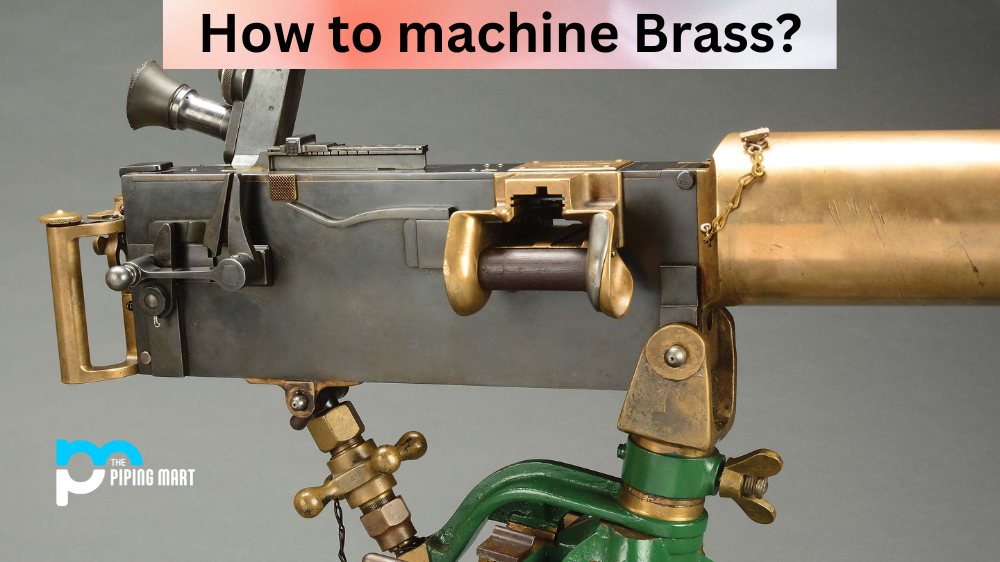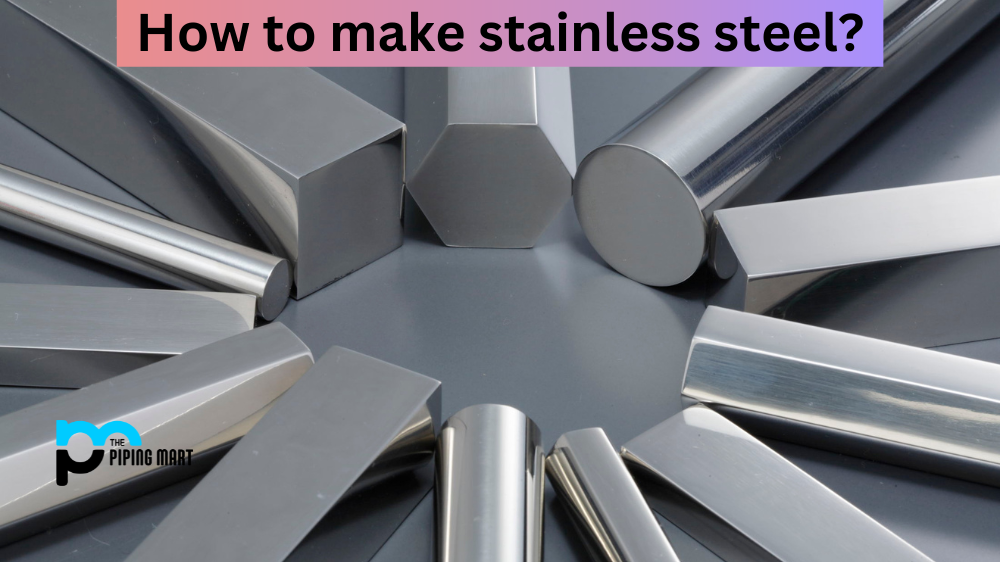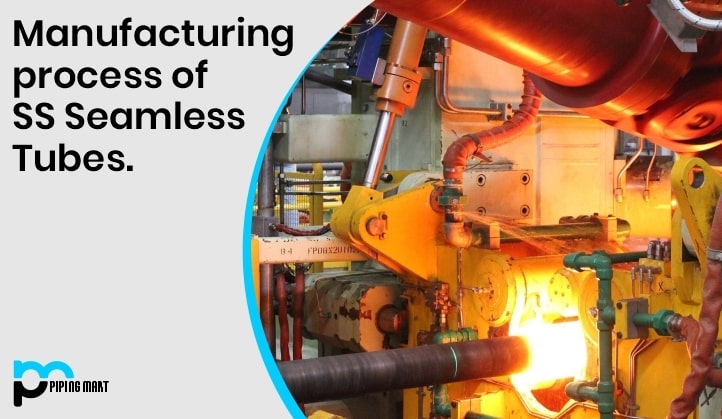Brass is a metal alloy composed mainly of copper and zinc. It is popularly used in many applications due to its durability and resistance to corrosion, which makes it an ideal material for machine work. But what does it take to machine brass properly? Read on to learn the basics of machining brass.
Tools Needed for Machining Brass
The tools needed for machining brass will depend on the type of project you’re working on, but generally speaking, you’ll need a drill press or milling machine, clamps, cutting tools such as end mills and reamers, measuring tools such as callipers and micrometres, taps and dies for threading purposes, polishing materials such as sandpaper or steel wool, and protective gear such as safety glasses.
Cutting Speeds & Feeds
When machining Brass, it’s important that you choose the right cutting speeds and feeds. To ensure that your cuts are precise and accurate without damaging the material or causing excessive heat buildup, choose cutting speeds that are appropriate for the type of project you’re working on. As a general rule of thumb, use slower cutting speeds when machining harder materials (like stainless steel) and faster cutting speeds when machining softer materials (like aluminium). Additionally, use lower feed rates when machining harder materials to avoid overloading your tooling. For softer metals like Brass, higher feed rates can be used without worrying about overloading your tooling.
Finishing Touches
Once you’ve finished machining your piece from the raw stock into its final shape or form factor, there are a few finishing touches that you should take care of before calling it a day. Depending on the nature of your project or application, these finishing touches may include polishing with sandpaper/steel wool or applying protective coatings such as oils or waxes to prevent tarnishing or corrosion. Additionally, if necessary for structural integrity purposes or aesthetic reasons (i.e., smooth edges), consider deburring after all other processes have been completed for the best results.
Conclusion:
Machining brass is an intricate process that requires attention to detail in order to achieve desirable results. Choosing the right set of tools, along with proper cutting speeds & feeds, will help ensure accuracy while providing excellent surface finishes without damaging the material itself. And don’t forget those finishing touches; they can make all the difference! With these basics in mind plus some practice under your belt, you’ll be able to confidently tackle any machining job involving Brass with ease!

Pipingmart is a B2B portal that specializes in metal, industrial and piping items. Additionally, we share the latest information and information about materials, products and various types of grades to assist businesses that are involved in this business.




